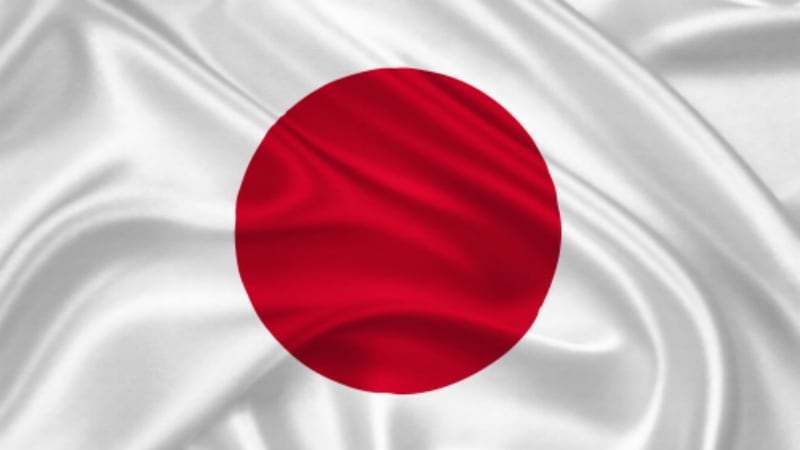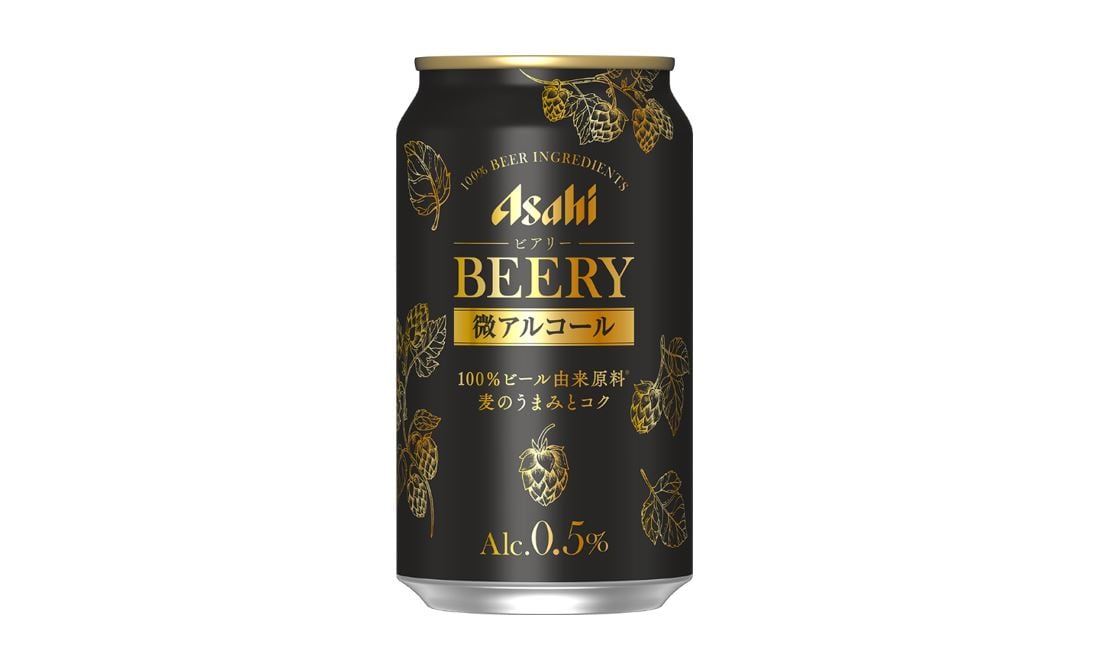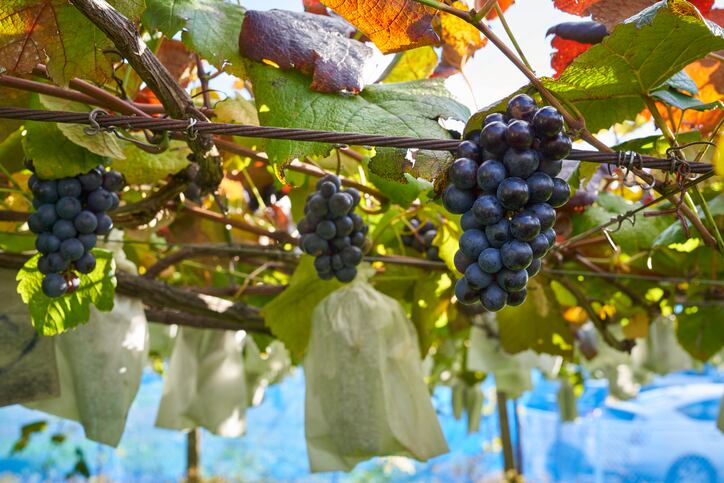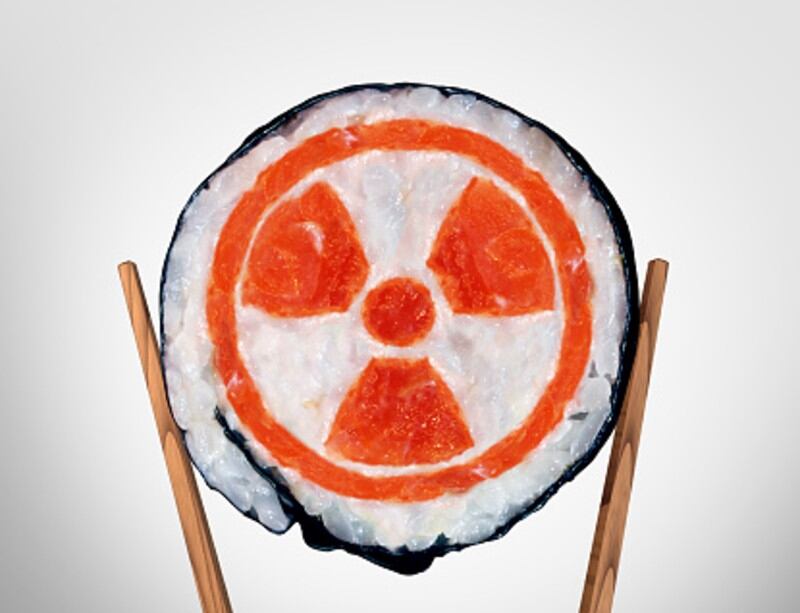The Japanese government implemented a second state of emergency in the country on January 8 this year after a rise in daily COVID-19 cases, initially scheduled to end on February 7 but then extended until March 7 due to a lack of significant improvement.
The results of the most recent national survey by the Japanese Consumer Affairs Agency (CAA) on price and consumer purchasing trends released in February found that as a result of the state of emergency, consumers were feeling the heat put on by rising food prices in the country, with many having a bleak outlook about things getting better.
“When asked which products they had observed price increases in within the past month, the most-answered category was ‘fresh foods’ with 45.9% of surveyed consumers telling us that these prices had risen, and the second was ‘food and drink (excluding fresh foods, e.g. packaged and processed foods) at 21.9%,” the CAA said via a formal report statement.
“This beat out even the ‘daily necessities’ category comprising household consumables like toilet paper at 21.2% – and when asked if any price decreases had been observed, 69.5% of respondents said ‘No’.”
Significantly, the vast majority of consumers held a bleak outlook towards the improvement of food and beverage prices in the future – 64% of respondents replied that prices would still continue to rise, even one year from the present.
“Of these, 37.6% believed that prices would rise by about 1%, 26.8% believed it will be a 2% increase, 14.9% said 3% - but there were also 1.2% believing there will be a 4% rise, 3.9% said a 5% rise and 4.1% that the rise will be over 5%,” said CAA.
“Most consumers (69.5%) hold this firm belief that prices will rise due to the trend in recent months – [as a result], 55% of consumers are already planning to reduce their household spending.
“The main reason consumers are looking to reduce their spending is also because [they have a negative outlook that] their incomes will decrease – some 66.9% had this view – and that food prices will continue to rise.
The top item that Japanese consumers said would be ‘the first to go’ when reducing household spending was voted as food and groceries at 65.8%, but if more affordable options were made available for purchase within their new reduced spending ranges, these would be favourably considered.
As such, considering the narrower spending budgets in Japan and its traditionally high food and grocery prices, this represents an opportunity for food firms able to innovate quickly and come up with products that are less highly priced than regular items, yet still in keeping with Japan’s food quality standards.
Buying in bulk
Over 30% of consumers were found to increase the amount of groceries purchased per trip to the store after the state of emergency was announced.
“A total of 34.4% of consumers said that they increased their purchases per trip in the past month – this was less than the percentage we found last year [during the first COVID-19 lockdowns, but still significant,” said CAA.
“Most of these consumers were those living in big families with four people and above.”
Along these lines, CAA cautioned Japanese consumers against going overboard and panic buying when food supplies are not at any risk.
“Although the situation is better than it was in May last year [during the first COVID-19 lockdown] and there is less of a big behavioural change like panic buying, [we still saw some] stocking up of staple foods like rice and dried noodles, though this was quite calm,” said CAA Commissioner Ito Akiko at a press conference.
“There have also been reports of an increase in shopping frequency and the amount of purchases per trip, mainly for younger consumers, which could be due to shortening of restaurant hours or increased time spent at home, [but I still want to] urge for calm purchasing behaviour to be a priority, and in keeping with COVID-19 prevention measures.”
The survey was conducted on over 1,400 respondents across Japan.





